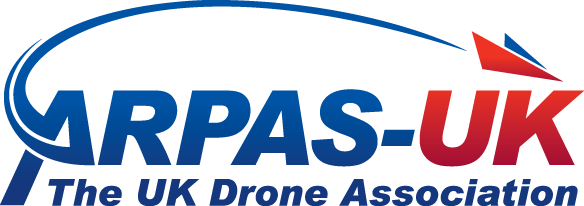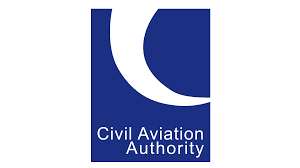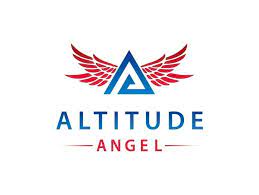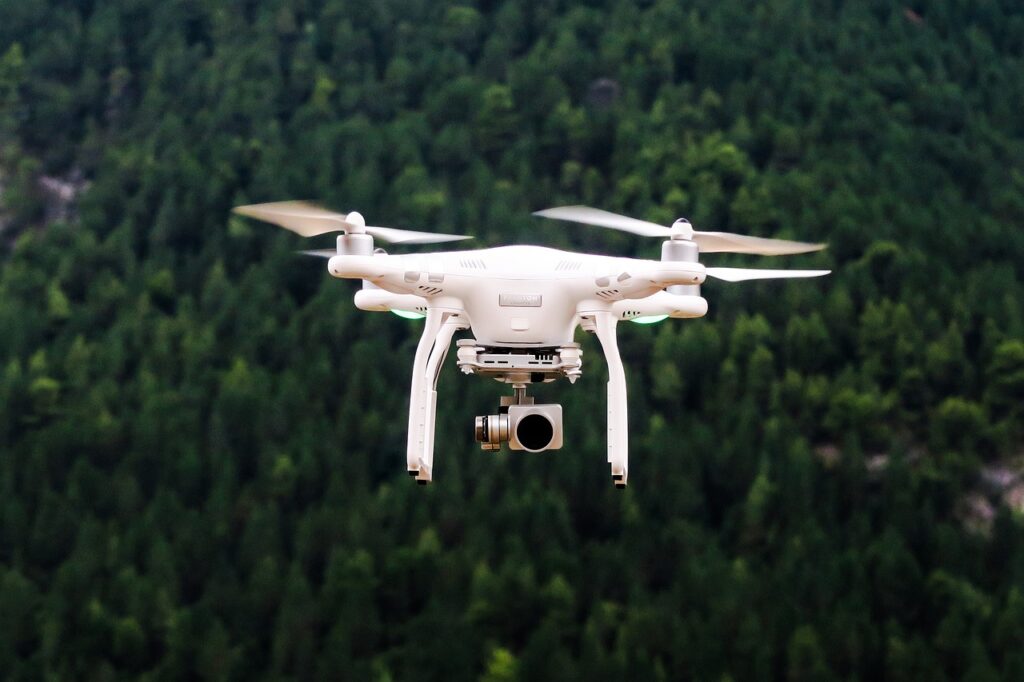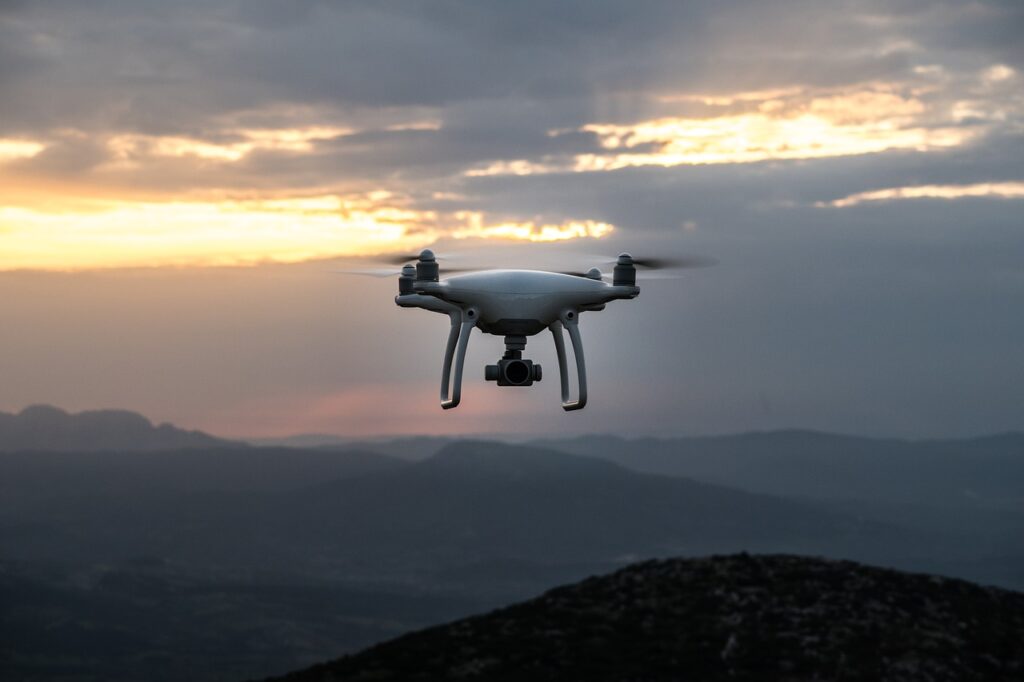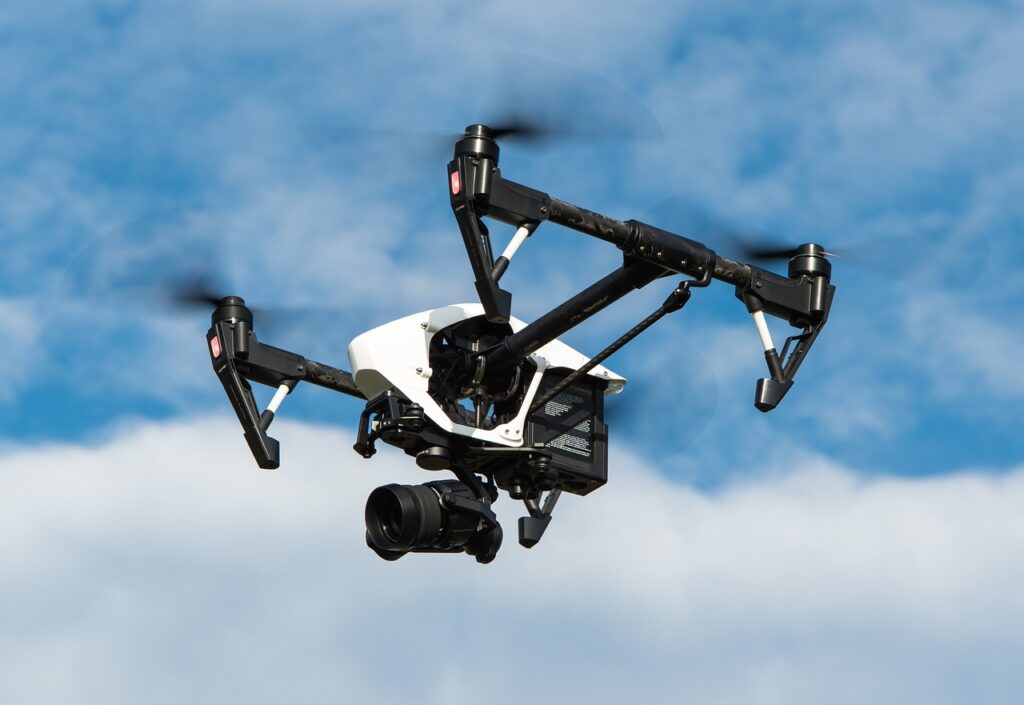Drone flight approval platform can catapult the UK to the top of the world ‘drone readiness’ table
Baroness Vere, Aviation Minister, hails the platform launch ‘a key step’ for UK aviation
London, UK: Altitude Angel, the world’s most trusted UTM (Unified Traffic Management) technology provider, is to provide all UK airports with the ability to become ‘UTM Ready’ and by doing so will put the UK at the top of the world’s most advanced nations for drone operations and service readiness.
Whilst Japan, Switzerland, France, Germany, and Italy, have seen their drone ecosystems develop faster than the UK’s due to regulatory advancements, none have been able to deploy a standard, nationwide, digital approval service across its airport infrastructure.
But from Monday the UK will have the opportunity to leap ahead and lead the ‘drone readiness’ table as operators, and in the future air taxi pilots, across the country will be able to submit requests to fly in the controlled airspace of over 120 airports via the Drone Assist app and DroneSafetyMap.com, which are connected to Altitude Angel’s Approval Services platform.
On this significant digital milestone for the UK’s airport infrastructure, Aviation Minister Baroness Vere, said: “Aviation goes beyond the traditional modes of flying and is fast becoming a hub of revolutionary new methods of flight so it’s important that the UK is ready for the next generation of flight.
“This platform will help make airspace more accessible for innovative aircraft, keeping track of those who want to fly in airport airspace and is a key step towards achieving the ambitious outcomes that we are setting through the Future of Flight Industry Group.”
Airports already supported by Approval Services will be able to approve (or decline) the flight request digitally, in some cases giving the operator an almost instantaneous answer.
For those airports which aren’t connected to the digital platform and are still using analogue processes, Altitude Angel will facilitate the request on behalf of the operator by issuing the relevant airport a detailed summary of the planned UAS operation, via email, to ensure compliance with Article 94A of the Air Navigation Order 2016 so further co-ordination and approval can occur. Crucially, this provides the drone operator with a seamless experience at any airport, whereas today each can be different.
“This is a major step for the UK as we put in place the foundations on which our [the UK’s] future transport and delivery infrastructure will be built”, said Richard Parker, Altitude Angel, CEO and founder.
“By rolling out our platform to all airports, we’re saying to the world the UK is ready and open to UAS and crewed aircraft, sharing the same skies, safely and securely. By bringing the digitisation of drone approvals in managed airspace, we’ve cleared the first hurdle on the path to automated drone operations.”
Altitude Angel’s UTM Ready programme will classify airports in one of three categories depending on its ability to approve drone operations digitally, and also sets out a pathway for advancing airports from one level to the next.
- A UTM Ready airport will have full digital approvals available. These facilities have deployed compatible UTM services which enable Altitude Angel (or any 3rd party connected to it) to submit and receive full digital flight authorisations. If using Altitude Angel’s GuardianUTM services, these airports can enable automation or deep integration with existing airport systems, including Counter-UAS.
- Those classified as Basic will have no digital approvals, but support electronic notification, typically via email.
- Legacy airports have no published electronic means of obtaining digital approvals. Instead, these facilities will typically only offer slow, or analogue means of seeking approval such as via fax, or a telephone call.
In May, Altitude Angel released several significant upgrades to Drone Assist which included a feature providing a direct connection to Altitude Angel’s UTM platform, offering ‘one-tap flight authorisations’ at connected airports and facilities worldwide. Already established as the flight planning app for professional and recreational drone pilots alike, Drone Assist is the foundation stone on which the UK can build a £40billion drone economy.
For more information on Approval Services visit here, and for UTM Ready visit here.
